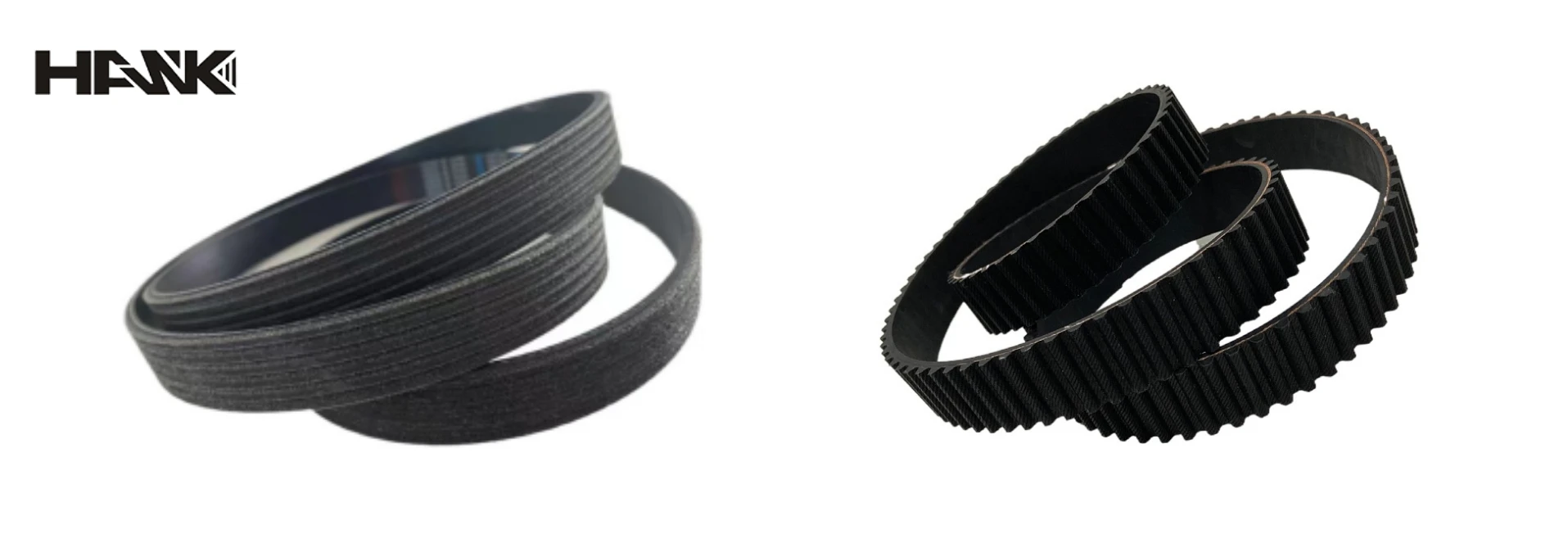- Arabic
- French
- Russian
- Spanish
- Portuguese
- Turkish
- Armenian
- English
- Albanian
- Amharic
- Azerbaijani
- Basque
- Belarusian
- Bengali
- Bosnian
- Bulgarian
- Catalan
- Cebuano
- Corsican
- Croatian
- Czech
- Danish
- Dutch
- Afrikaans
- Esperanto
- Estonian
- Finnish
- Frisian
- Galician
- Georgian
- German
- Greek
- Gujarati
- Haitian Creole
- hausa
- hawaiian
- Hebrew
- Hindi
- Miao
- Hungarian
- Icelandic
- igbo
- Indonesian
- irish
- Italian
- Japanese
- Javanese
- Kannada
- kazakh
- Khmer
- Rwandese
- Korean
- Kurdish
- Kyrgyz
- Lao
- Latin
- Latvian
- Lithuanian
- Luxembourgish
- Macedonian
- Malgashi
- Malay
- Malayalam
- Maltese
- Maori
- Marathi
- Mongolian
- Myanmar
- Nepali
- Norwegian
- Norwegian
- Occitan
- Pashto
- Persian
- Polish
- Punjabi
- Romanian
- Samoan
- Scottish Gaelic
- Serbian
- Sesotho
- Shona
- Sindhi
- Sinhala
- Slovak
- Slovenian
- Somali
- Sundanese
- Swahili
- Swedish
- Tagalog
- Tajik
- Tamil
- Tatar
- Telugu
- Thai
- Turkmen
- Ukrainian
- Urdu
- Uighur
- Uzbek
- Vietnamese
- Welsh
- Bantu
- Yiddish
- Yoruba
- Zulu
oct. . 06, 2024 17:59 Back to list
synchronous belt drive
Understanding Synchronous Belt Drive Systems
Synchronous belt drives are a widely utilized mechanism in various industries, known for their precision and efficiency in power transmission. These systems have gained immense popularity due to their ability to maintain the timing between rotating components, making them essential in applications ranging from automotive engines to industrial machinery.
At its core, a synchronous belt drive consists of a toothed belt and matching pulleys. The teeth on the belt engage with the grooves of the pulleys, which ensures that there is no slippage between the belt and pulleys during operation. This unique feature is what sets synchronous belts apart from traditional V-belts. While V-belts rely on friction to transfer power, synchronous belts transmit motion through the direct engagement of teeth, which allows for more precise timing and movement.
One of the main advantages of synchronous belt drives is their efficiency. Because they minimize slippage, synchronous belts can transfer power with minimal energy loss compared to other types of belts. This efficiency is particularly vital in applications where precision is crucial, such as robotics, CNC machinery, and automotive systems. The ability to synchronize movements ensures that different components operate in harmony, which enhances overall system performance and reliability.
Moreover, synchronous belts require less maintenance than traditional belt systems. The absence of slippage means that there is less wear and tear on the components, leading to a longer service life. Regular maintenance typically involves checking belt tension and alignment, rather than frequent replacements that may be necessary with V-belts. This characteristic not only reduces operational costs but also minimizes downtime, making synchronous drives an economically viable option for businesses.
synchronous belt drive

Another notable benefit of synchronous belt drives is their ability to transmit high torque at lower speeds. This makes them ideal for applications that require a significant amount of power without compromising speed. For instance, in automotive applications, synchronous timing belts are used to synchronize the rotation of the camshaft and crankshaft, ensuring that the engine operates smoothly and efficiently.
Synchronous belt drives also offer versatility in design. They can be produced in various materials, including rubber, polyurethane, and reinforced composites, allowing for customization based on specific application requirements. The choice of materials impacts factors such as durability, noise reduction, and resistance to environmental conditions, making it easier for engineers to select the right belt for their needs.
In the context of environmental sustainability, synchronous belt drives can contribute to reduced energy consumption due to their high efficiency. As industries move toward more eco-friendly practices, the adoption of synchronous drive systems aligns with these goals, offering a solution that reduces energy use while maintaining performance.
In conclusion, synchronous belt drives are crucial components in modern mechanical systems, offering numerous advantages such as high efficiency, low maintenance, and precise timing. Their ability to transmit power without slippage not only increases reliability but also allows for innovative designs across various applications. As technology continues to evolve, synchronous belts are likely to play an even more prominent role in the future of mechanical engineering, proving their worth as a dependable solution in a dynamic industrial landscape.
-
Korean Auto Parts Timing Belt 24312-37500 For Hyundai/Kia
NewsMar.07,2025
-
7PK2300 90916-T2024 RIBBED BELT POLY V BELT PK BELT
NewsMar.07,2025
-
Chinese Auto Belt Factory 310-2M-22 For BMW/Mercedes-Benz
NewsMar.07,2025
-
Chinese Auto Belt Factory 310-2M-22 For BMW/Mercedes-Benz
NewsMar.07,2025
-
90916-02660 PK Belt 6PK1680 For Toyota
NewsMar.07,2025
-
drive belt serpentine belt
NewsMar.07,2025

